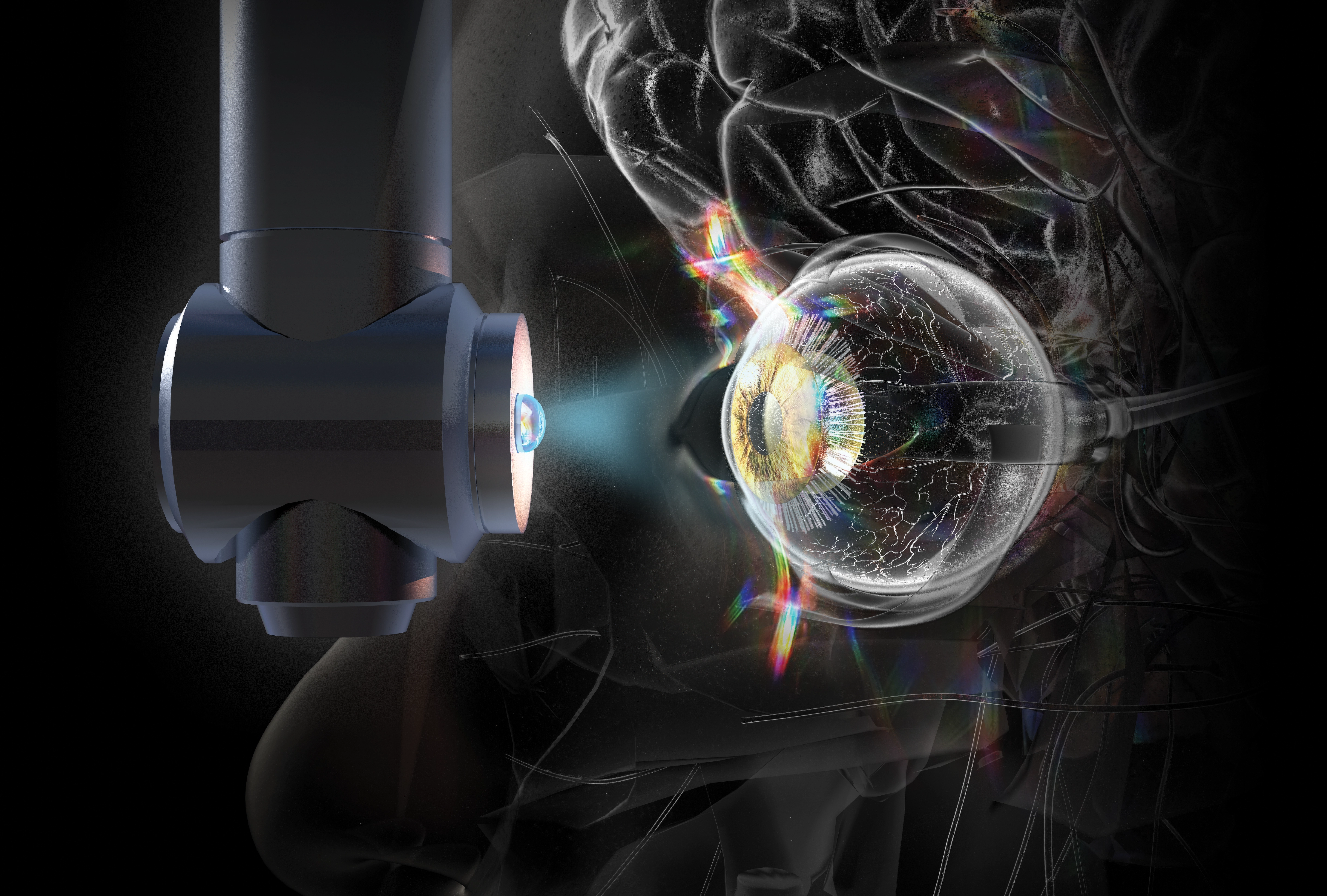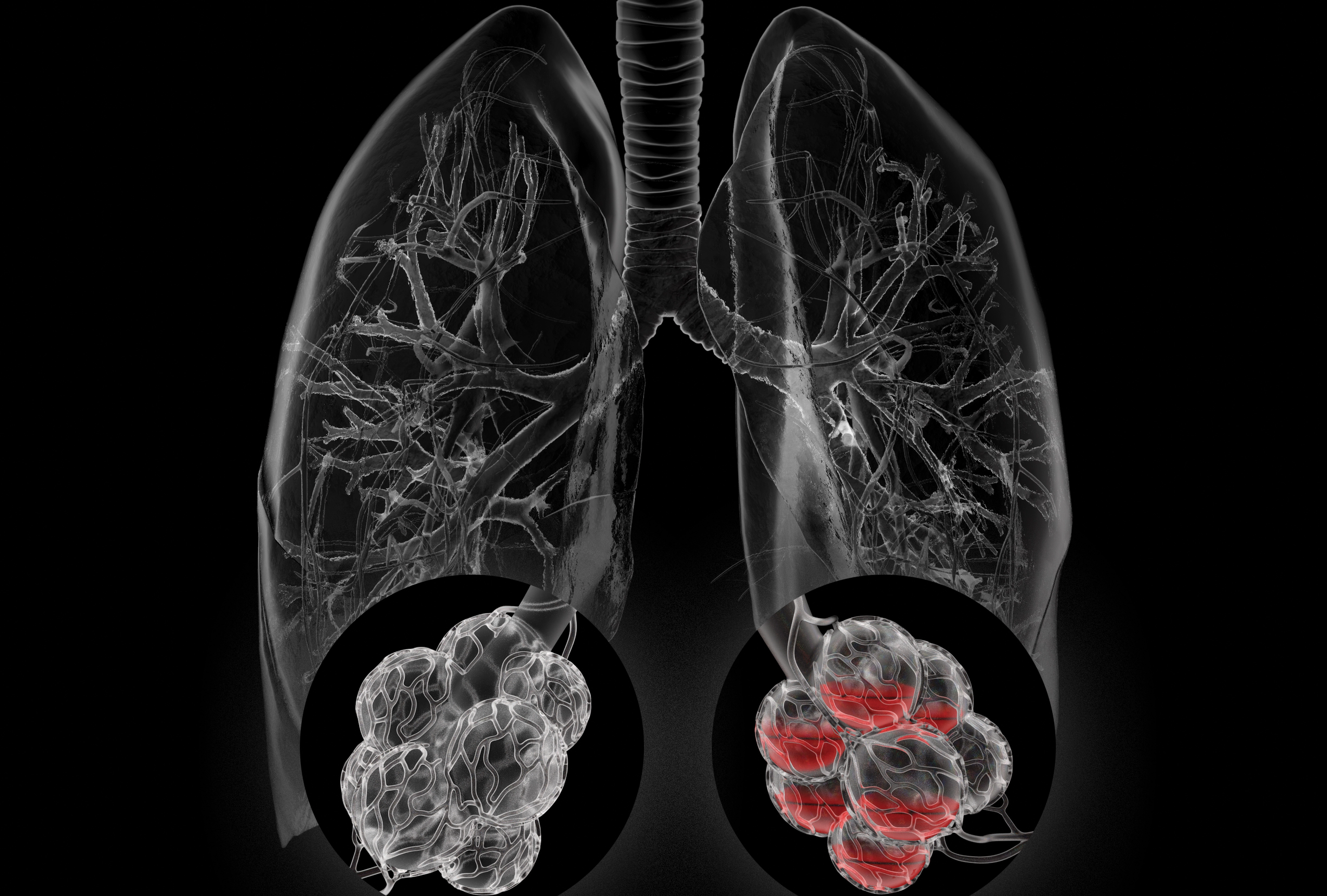From day one, students at Texas A&M University’s revolutionary School of Engineering Medicine (EnMed) are immersed in a foundational philosophy: “Innovation is not innate to a person. It is something that can be taught.” This guiding principle shapes every learning experience and equips its future doctors with the skills to think big and create spectacular innovations in health care.
Initiated in 2019, EnMed is a collaborative partnership between Texas A&M’s College of Engineering and College of Medicine and Houston Methodist Hospital, the No. 1 ranked hospital in Texas for the past 13 years by U.S. News & World Report. As a track within the College of Medicine, EnMed delivers a unique curriculum that allows students to earn a Doctor of Medicine from the College of Medicine and a Master of Engineering from the College of Engineering in just four years—the only program of its kind in the country. Situated in Houston’s world-renowned Texas Medical Center, the competitive program has enrolled 243 students in its first six years, with 102 graduates so far.
“The core values of both Texas A&M and Houston Methodist align seamlessly, creating a partnership that allows our students to embrace both the art of medicine and the science of engineering.”
“We’re in the business of training ‘physicianeers’ who will use technology and innovation to solve medical problems in ways that have never been done before,” said Dr. Timothy Boone, the school’s dean. “The core values of both Texas A&M and Houston Methodist align seamlessly, creating a partnership that allows our students to embrace both the art of medicine and the science of engineering.”
To prepare students to think about health care at the intersection of medicine and engineering, EnMed emphasizes hands-on learning, innovation and entrepreneurship. The program immerses students in developing and testing medical technologies, equipping them with the skills to create solutions that improve patient care and apply them in clinical settings.
Students begin clinical rotations at Houston Methodist their second year, where they are tasked with identifying inefficiencies in current medical practices. These insights feed into their Innovation Immersion Experiences (IIEs), a critical learning portion of the curriculum where they design, prototype and test new medical technologies based on clinical needs. Whether developing a medical device, writing software or refining diagnostic methods, students are expected to turn their ideas into tangible advancements in medicine.
The real-world results speak for themselves. Since the program’s inception, IIEs have produced 24 intellectual property disclosures, a formal process that notifies potential stakeholders about a new invention and protects inventors’ rights. Of these, 12 have received provisional patent filings in the U.S. and five have been granted patent cooperation treaties with international protection. The innovations range from machine learning algorithms to detect diseases earlier to novel surgical devices that equip surgeons to take on new challenges.
We know these students will contribute to our society with a deep Aggie Spirit and medical inventions that will change our world.
“Students get a month dedicated to their IIEs, but the groundwork, including background research, stakeholder interviews and solution brainstorming, starts long before that,” said Sue Smith, a member of the Board of Directors of the Houston Methodist Academic Institute. “Over their four years, students complete multiple IIEs, working closely with Houston Methodist clinicians, researchers and industry professionals.”
Smith and her husband, Craig Brown ’75, have been instrumental in EnMed’s development as donors and champions, with deep connections to the College of Engineering and Houston Methodist Hospital. As the leaders of the Craig and Galen Brown Foundation, they’re also the driving force behind the Brown Scholars program, which has provided more than 600 undergraduate scholarships to National Merit Scholars attending Texas A&M since 1992. Each year, through an early assurance agreement with Texas A&M, the Brown Foundation also awards EnMed scholarships to ensure 15 Brown Scholars annually matriculate to EnMed. Since EnMed’s inception, more than 50 scholarships have been awarded to Brown Scholars pursuing medical school.
“From helping me find research opportunities to allowing me to develop my leadership skills, there’s a spirit of abundance within the Brown Scholars,” said Carson Benner ’24 ’28, a first-year EnMed student and Brown Scholar. “Everyone is incredibly talented, and being in such a brilliant environment has set me up for success in EnMed.”
Gifts to EnMed have also opened the doors to more students, including an endowed scholarship created by Jerry Dollinger ’69 and his son, David ’93, to honor Jerry’s late father, Chick Dollinger Sr. (Class of 1926), and late brother, Chick Dollinger Jr. ’57. Chick Sr. graduated with a mechanical engineering degree, while Chick Jr. was a civil engineering graduate. Jerry knows both would have appreciated the engineering principles at the heart of EnMed. “We hope recipients can pursue a degree that will allow them to provide state-of-the-art medical solutions they can only imagine with the help of EnMed,” Jerry said. “We know these students will contribute to our society with a deep Aggie Spirit and medical inventions that will change our world.”
Inspiring Minds: Big Ideas From EnMed Students
Dr. Zachary Richards ’19 ’23
Cedar Park, Texas
2023 EnMed Graduate
3rd Year Ophthalmology Resident, University of Iowa Carver College of Medicine
THE BIG QUESTION: After witnessing his first cataract surgery as an undergraduate, Dr. Zac Richards ’19 ’23, a Brown Scholar and president of the inaugural EnMed class, knew ophthalmology was his calling. At EnMed, he forged mentorships with physicians at Houston Methodist, who introduced him to the challenges faced by a subset of their patients. Due to factors like body size or physical limitations, some patients struggle to comfortably undergo eye exams involving the field’s current slit lamp, a vital instrument used to enlarge and examine the eye. Inspired, he asked, “How can the slit lamp be redesigned to ensure that exams can be conducted on all patients, regardless of size, shape or ability?”
LEARNING INNOVATION: Richards began his IIE project by studying the current slit lamp design. “Before prototyping anything, I had to understand the current technology, its limitations, why it’s designed the way it is and why it doesn’t work for certain patients,” he explained. The insights he gained from this phase led him to dive deeper into the device’s mechanics and ergonomics.
 A vital instrument in ophthalmology, the slit lamp is used to enlarge and examine the eye. Dr. Zac Richards ’19 ’23 has been reimagining its design to better serve patients.
A vital instrument in ophthalmology, the slit lamp is used to enlarge and examine the eye. Dr. Zac Richards ’19 ’23 has been reimagining its design to better serve patients.
SHINING A LIGHT: After developing ideas to include suspending the slit lamp without needing a table—which blocked some patients from reaching it—and exploring how remote operation and virtual reality headsets could be utilized, Richards began testing their feasibility through prototypes. With each iteration, he reflected on what worked and what didn’t, using those insights to refine his designs. “It became a feedback loop of continual prototyping and enhancing,” he said.
FRESH EYES: While creating his prototypes, Richards benefited from his mentors’ guidance. Those at Houston Methodist provided clinical feedback, while his EnMed mentors helped refine his thought process and assist with invention disclosures. “When you’re working on projects with an engineering focus, you can lose sight of the clinical side, but when you’re focused on clinical aspects, it’s easy to overlook engineering principles,” he shared. “Having mentors on both sides was incredibly helpful.”
THROUGH NEW LENSES: Today, the slit lamp is an instrument Richards uses daily in his work, making him grateful for the opportunity to rethink this foundational part of ophthalmology from an outsider’s perspective. “EnMed gave me the space to not just accept the status quo but to challenge it and find better solutions,” he said. Upon graduating from EnMed, he passed his project down to other EnMed students, hoping that their fresh perspectives will further refine the design and bring it one step closer to use in clinical practice.
Dr. Ramez Barsoom ’23
Houston, Texas
2023 EnMed Graduate
3rd Year Internal Medicine Resident, Mayo Clinic
THE BIG QUESTION: As a former chemical engineer, Dr. Ramez Barsoom ’23 viewed the heart through the lens of fluid dynamics, seeing parallels between the organ’s function and the systems he studied in engineering. Driven by this perspective, he connected with a professor focused on heart failure. He soon discovered that right-sided heart failure often goes undetected until it’s too late. So, he asked, “How can we detect this failure earlier?”
LEARNING INNOVATION: Barsoom collected a database of patients with heart failure and developed a machine learning algorithm to predict the likelihood of right ventricular heart failure based on imaging characteristics like chamber diameter and volume from CT scans. His first IIE focused on learning the necessary coding language to create his algorithm, with help from engineering professors. His second IIE concentrated on data collection and running it through the algorithm, and his final examined model validation. “EnMed gave me the basic building blocks to tackle any problem in medicine, and I continued to look for other opportunities for solutions,” he said.
 Dr. Ramez Barsoom ’23 is completing the prototype stage for a device that can simplify the detection of thoracic pathologies in patients.
Dr. Ramez Barsoom ’23 is completing the prototype stage for a device that can simplify the detection of thoracic pathologies in patients.
FROM BEAT TO BREATH: Equipped with this experience, Barsoom dove into his next project during his fourth-year emergency medicine rotations, where he saw many patients with shortness of breath, which stems from either the heart or lungs. “We always called for chest X-rays for these patients, but I believed that a device that could simplify detection of thoracic pathologies would be more efficient and less costly for the patient,” he said.
CLEARING THE AIR: He took his idea to the Mayo Clinic’s Alligator Tank in 2024, a “Shark Tank”-like event, where he was the only resident to win. Barsoom earned a $2,500 cash prize and a $50,000 grant from the Mayo Clinic Innovation Exchange, which connected him with an engineering firm to bring his idea to life. The machine learning skills he honed in EnMed are now being applied to the device, which is currently in its prototype stage with data collection underway for a clinical validation study.
BREATHING ROOM: Barsoom emphasized that EnMed played a pivotal role in nurturing his passion for innovation. “The skills I gained in EnMed are ones I continue to apply today,” he said. “Looking ahead, I want to not only practice medicine but also lead efforts to help others turn their ideas into impactful innovations.”
Reagan Oliphant ’23 ’27
Colleyville, Texas
M3 Medical Student, Texas A&M University School of Engineering Medicine
THE BIG QUESTION: While at Texas A&M, Reagan (Isbell) Oliphant ’23 ’27, a Brown Scholar, participated in a study abroad in Rwanda, where she worked to repair medical devices. “That experience gave me firsthand insight into the inequities and lack of access to health care in parts of the world,” she said. Equipped with her new passion for global health and a background in biomedical engineering, Oliphant began to ask herself how she could use her skills to improve access to care.
LEARNING INNOVATION: At EnMed, she joined forces with a team of students to create cardiac surgery models for congenital heart defects, aimed at helping local surgeons in low-resource countries by providing them with practice models to hone their skills. “In the U.S., doctors use patient-specific models from MRIs to practice for complex surgeries, so we thought to apply the same approach to these trips,” Oliphant said. “Instead of just performing surgeries, we can also help train local surgeons to do them.”
 Reagan Oliphant ’23 ’27 is leading a team of EnMed students in developing 3D-printed cardiac models with congenital defects to help doctors in low-resource countries practice their surgical skills.
Reagan Oliphant ’23 ’27 is leading a team of EnMed students in developing 3D-printed cardiac models with congenital defects to help doctors in low-resource countries practice their surgical skills.
CRAFTING HEARTS: After developing their models, the team is currently in the stages of creating 3D-printed prototypes with congenital defects. Along the way, they’ve encountered challenges, from replicating intricate heart structures on a small scale to selecting sustainable materials that allow for multiple uses of the model.
BEAT OF SUCCESS: Earlier this year, Oliphant and her team were recognized by the Men of Distinction, a Houston organization that provides funding for projects focused on assisting pediatric patients. The only medical students to ever be selected as beneficiaries, the team received a $35,000 grant to further their project. “With the help of this grant, we hope that our models can be distributed for free or at minimal cost,” she said.
FROM THE HEART: Oliphant is currently focused on developing the educational framework to complement surgeons’ training, which will serve as part of her next IIE. “I’m driven to alleviate the inequities in health care, and EnMed has shown me that many systemic solutions can only be developed through engineering,” she shared.
Send Message to Cara
Thank you for submitting a contact form!
Contact form was unable to submit.